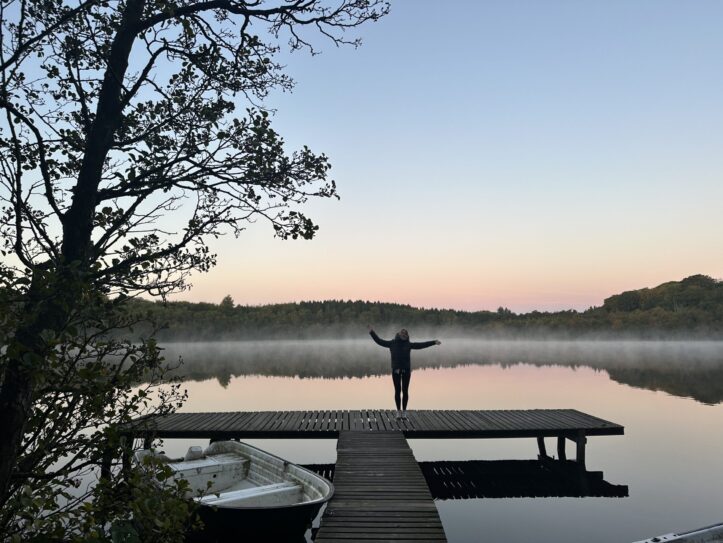 Drei Wochen, zwei Länder: Jettes Azubi-Auslandsabenteuer
Drei Wochen, zwei Länder: Jettes Azubi-AuslandsabenteuerJettes Azubi-Auslandsaufenthalt ging nach Skandinavien. Was für Aufgaben sie übernahm und was sie in ihrer Freizeit unternahm, lest ihr hier!
Mehr lesen

Our dual student Jan spent 7 weeks in our procurement office in India as part of a product management placement. In this blog post, he describes what he experienced there and what impressions he gathered.
The dual study program at the FRICKE Group offers an amazing opportunity: the chance to go abroad for 2-3 months and experience working in a new, challenging environment while getting to know new cultures and ways of life. In 2021, I started my journey in product management at GRANIT Parts as dual student and worked closely together with colleagues from India, China, Poland and Italy. Since I like this aspect of internationality in particular, I quickly developed the desire to spend my time abroad in one of our global purchasing offices. The spotlight quickly fell on India - a country that fascinated me since my school days. For seven weeks, I would have the opportunity to immerse myself in a new world and get to know our suppliers and their production on site.
On the morning of March 11, my journey into a great adventure is set to begin: India - a country often associated with special food, chaotic traffic and sacred cows. However, during my stay, I am to discover that there is much more behind the surface of a country that is undergoing major changes.
A nation between new beginnings and big challenges
Until today, when thinking about India, many of us will probably have a number of stereotypes in our heads, be it about food, hygiene, traffic or the accent of Indians when speaking English. What many do not realize is that behind the surface of the world's most populated country lies a nation whose development over the past decade has been quite remarkable.
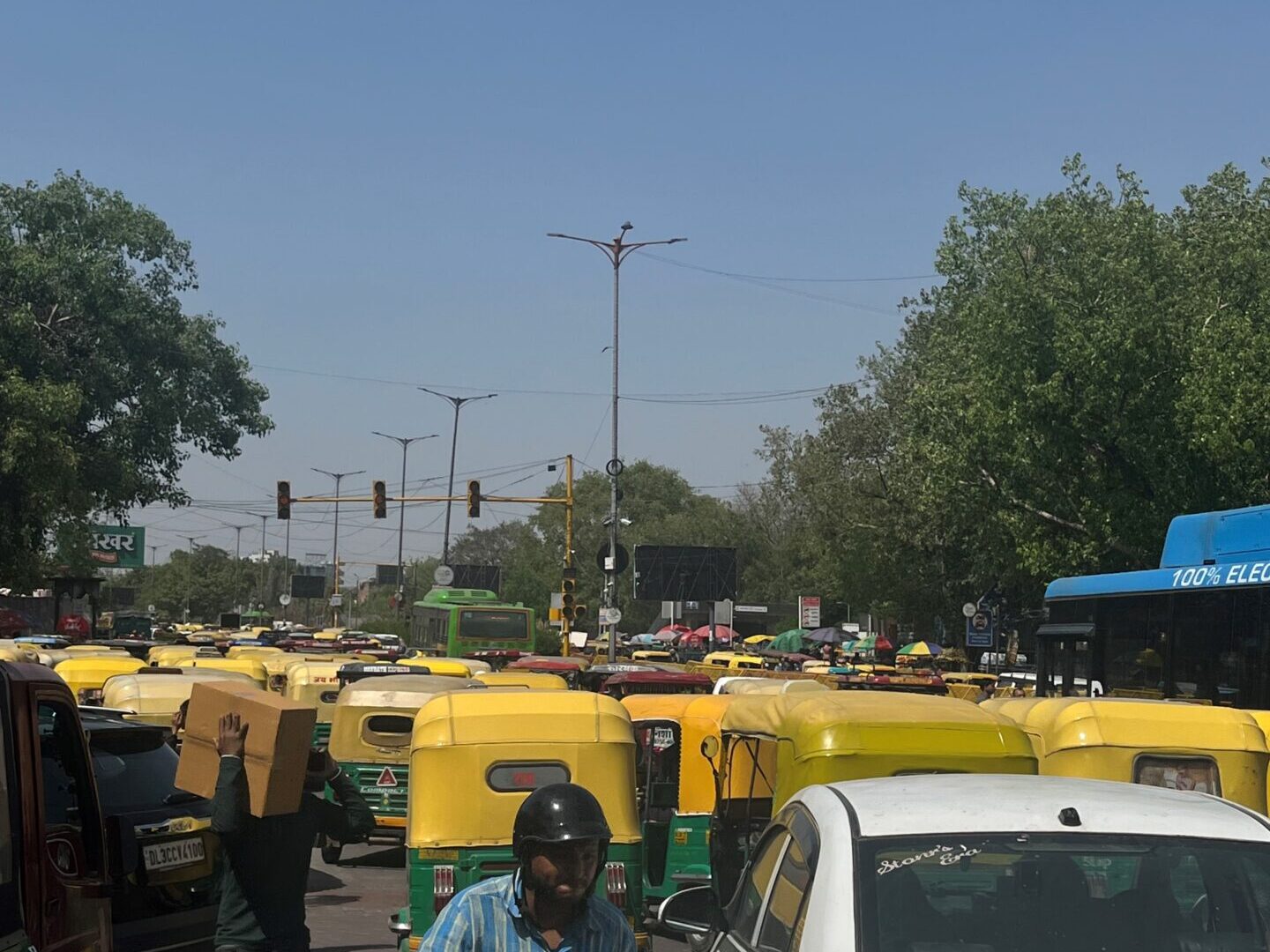
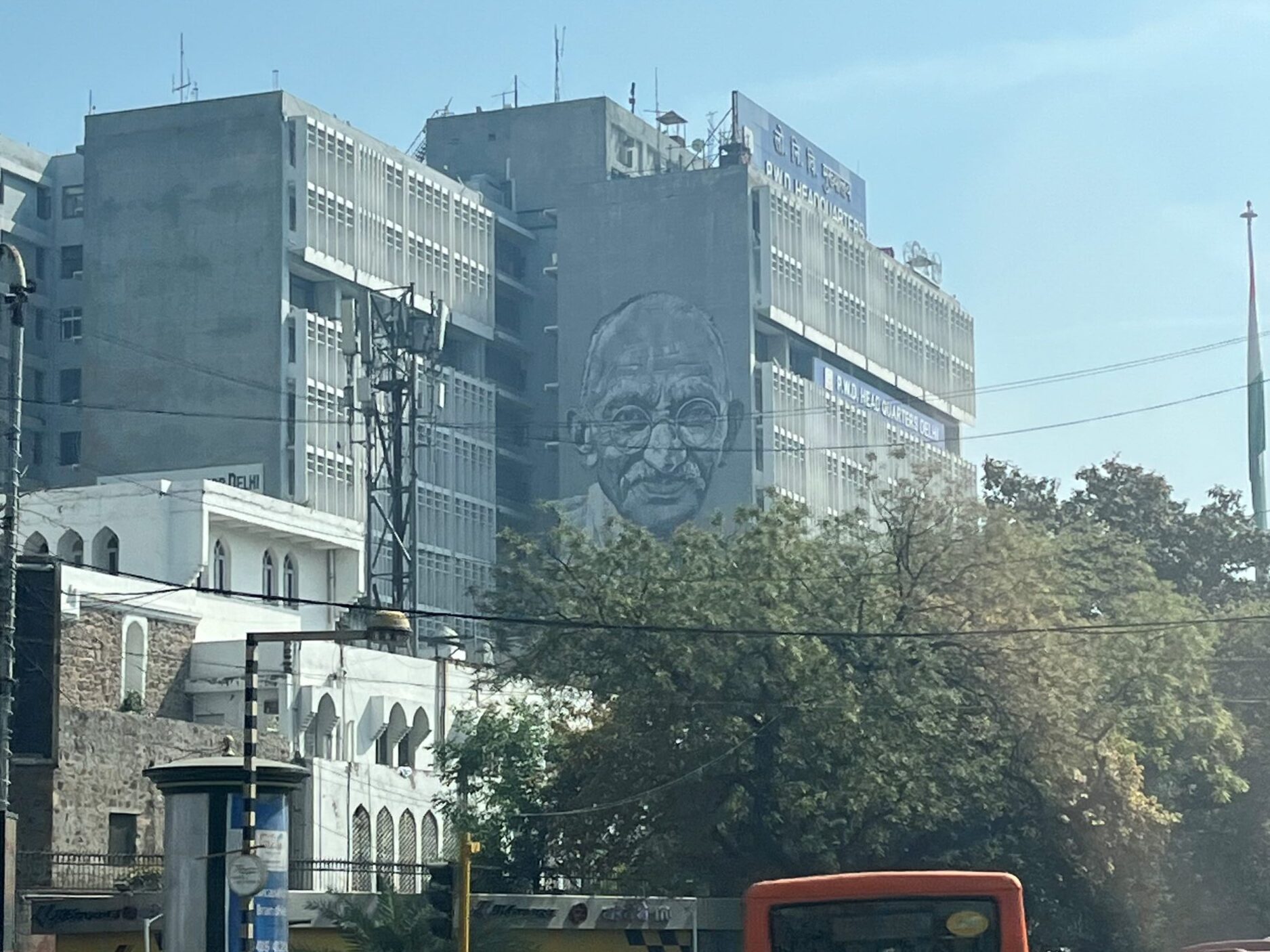
More than 1.4 billion people live on the Indian subcontinent, which is made up of 28 federal states and 7 independent union territories. With the states of Haryana, Punjab, Uttar Pradesh, Tamil Nadu, Maharastra, Rajasthan and the self-governing zone of Delhi, I had the chance to get to know seven of them, spread all over the country, during my stay. I quickly noticed the cultural differences between the individual states. Be it in terms of clothing, music, food, the beautiful architecture or the language - in addition to the official languages Hindi and English, over 19,000 other languages and dialects are spoken in India - each visit to a new state is a little adventure in itself and gives many new and exciting impressions. I am always aware of the spirit of progress that can be felt throughout the country.
Especially towards the end of my stay at the end of April, when the six-week parliamentary elections in the world's largest democracy begin to confirm prime minister Narendra Modi in his position, at least according to the majority of Indians, I keep learning about what the government has achieved in the last few years of government. For example, more than 150 airports are currently under construction, the well-known airline Air India has ordered 400 aircraft from the manufacturers Boeing and Airbus to make India the hub of aviation, and the road network has been expanded by more than 40% since 2015. Not to mention the successful moon landing in 2023, making India the only fourth nation ever to achieve such an event. Just 6 weeks after my departure, it is now confirmed that the Bharatiya Janata Party (BJP) led by Prime Minister Modi has won the election, although they have failed to secure an absolute majority. A surprise, which means that India's new government will be made up of a total of 15 parties after the coalition is formed.
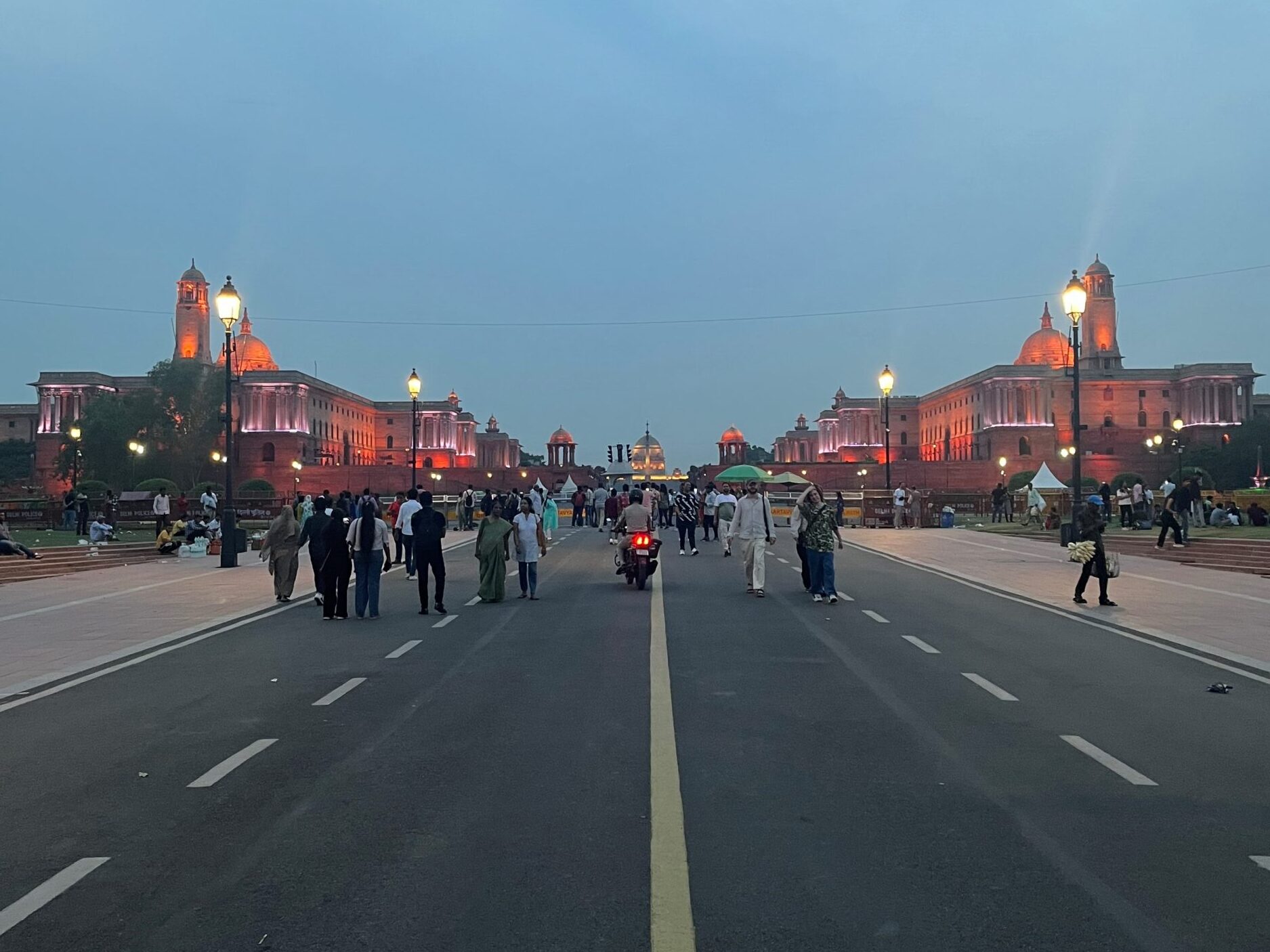
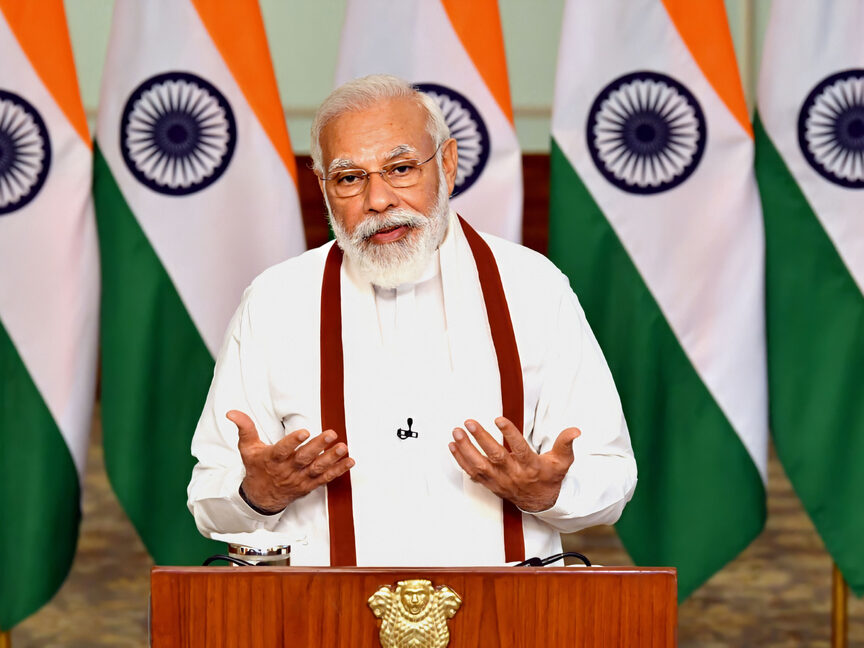
However, during my day-to-day life, I also realize that the problems often mentioned about the country don't come from nowhere. Overcrowded roads with cows and bumps in the middle of the road, no real traffic rules as well as temperatures of around 40 degrees sometimes make me sweat.
For me, the many factory visits to our suppliers every week are particularly interesting. I always get to know many new businesses and people from different backgrounds and learn lots of fascinating details about the production of various products. It always impresses me how young the workforce of most suppliers is. This is not really surprising, as I had already read in advance that almost 70% of the Indian population is of working age between 15 and 65. A huge demographic dividend that the country can definitely benefit from in the future on its way to becoming the third largest economy in the world.
When not visiting suppliers, I spend my working days in a well-air-conditioned rented office space on the fifth floor of a mall in Gurugram. Many companies have rented small offices here. Together with our five Indian colleagues in the office, I primarily work on supplier inquiries and quotations, carry out price evaluations or prepare upcoming visits. I always notice differences in the way the team works and communicates between India and Germany. Another difference lies in the working hours. While most colleagues in Germany start between 7:00 a.m. and 7:30 a.m., 10:00 a.m. is a commonly accepted starting time in India, also to ensure an overlap of working hours with international colleagues due to a time difference of 3.5 or 4.5 hours to Germany depending on the time of year.
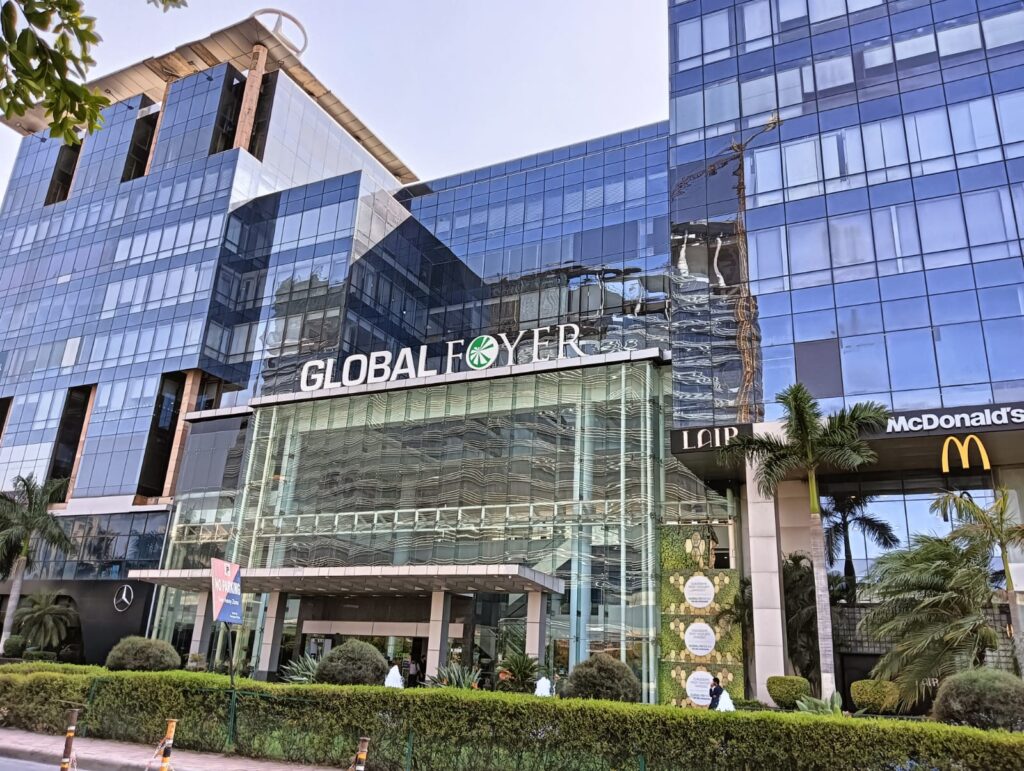
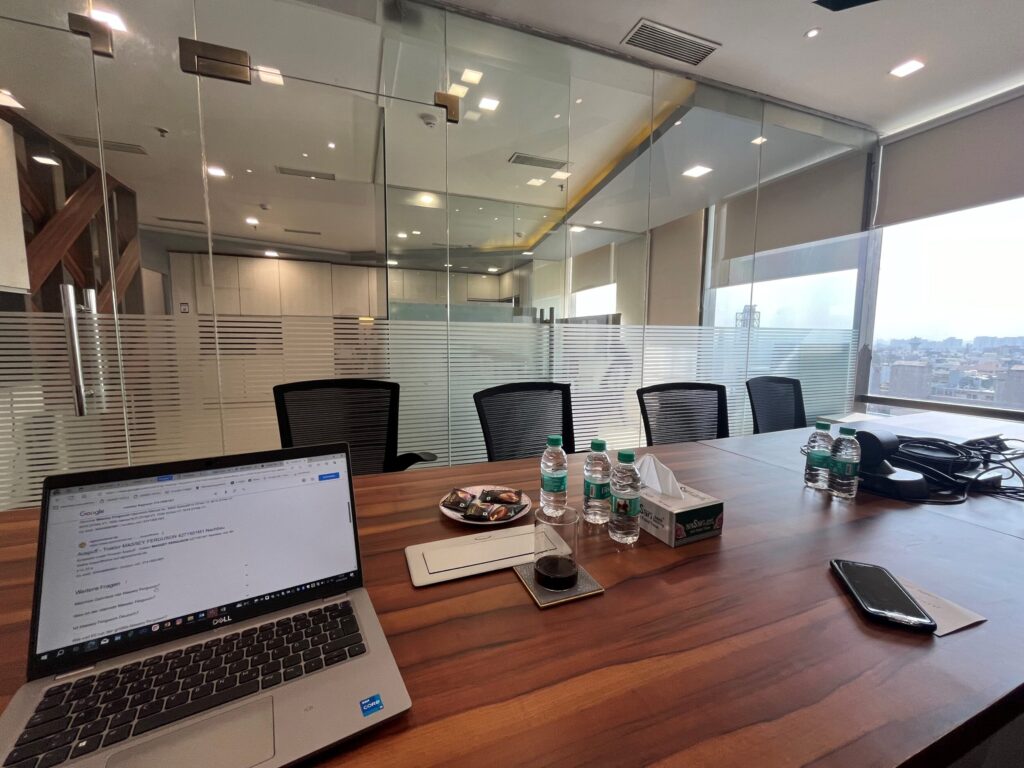
Experiencing India's soul: A journey through culture and cuisine
In my free time, I use the opportunity to fully immerse myself into Indian culture - a special chance, as I have been very interested in the country and its culture for a long time. Together with our colleague Hitesh and his family, I visit the world-famous Taj Mahal and take the opportunity to visit the “Pink City" of Jaipur, which is known for the pink painting of its buildings as a sign of welcoming hospitality. Along the way, I taste my way through Indian cuisine again and again and discover some traditional dishes that I like. My favorite: butter chicken with naan.
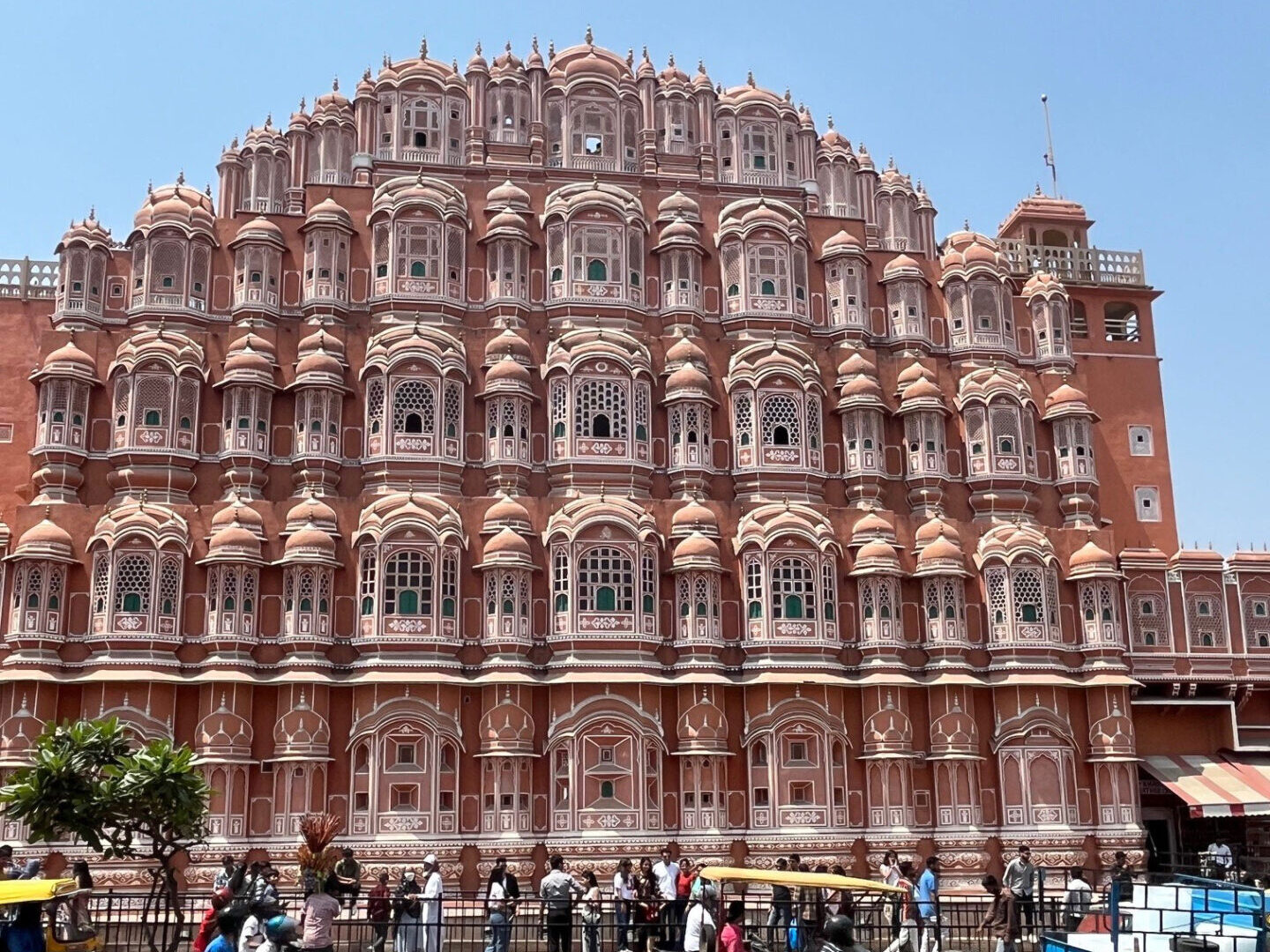
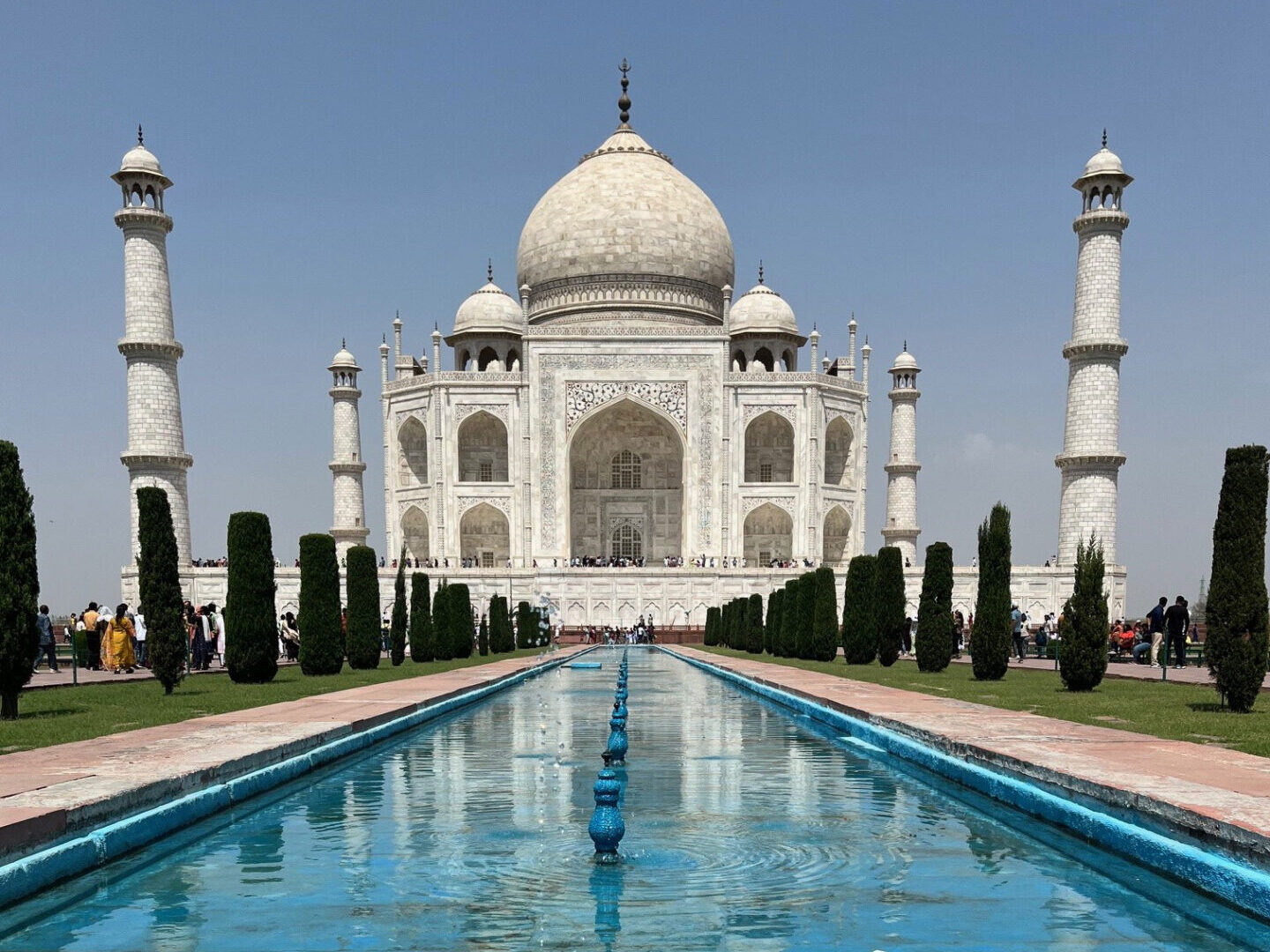
At the weekends, I make my way to the city center of Delhi by metro or UBER. Here I visit the Red Fort, the Qutub Minar, Humayun's Tomb and India Gate, which all represent a piece of Indian history. With the Jama Masjid, India's largest mosque, the Hindu temple Akshardham and the Lotus Temple, I also visit religious monuments of the most strongly represented religions in the country. The visit to the Akshardham temple in particular, where I was able to learn a lot about Hinduism from Hitesh - around 80 percent of Indians are Hindus - was a highlight of my stay. I also combined my visit to Jama Masjid with a visit to the Chandni Chowk district on the recommendation of a local. Chandni Chowk is probably the largest market area in Delhi, known across Asia for spices, jewelry and clothing. Here I had the opportunity to really get to experience Indian street food and the famous masala chai for the first time while also stocking up on Indian spices for cooking at home.

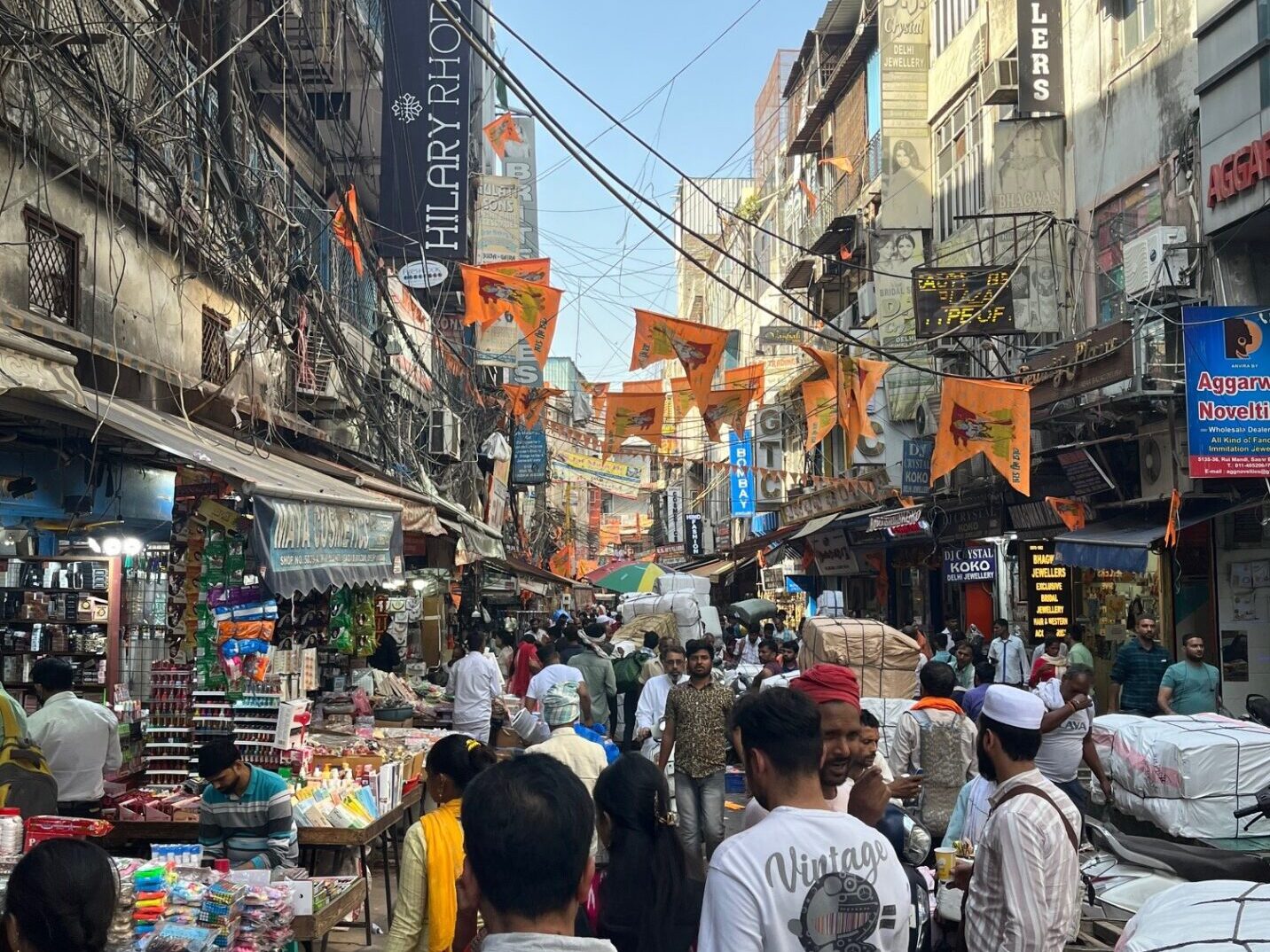
As a sport enthusiast, I was obviously also very excited to find out more about the country's number one sport - cricket. After several briefings during joint lunches and long car journeys, I had the great opportunity to watch a TATA IPL match live at the stadium in Delhi on the last weekend before my departure. While I had always been convinced that cricket was one of the more boring sports, I was definitely proved wrong here. Although the Delhi Capitals had no chance against the Hyderabad Sunrisers, one of the two finalists in the tournament later, it was still a cool experience to watch the game, especially as the action on the pitch was almost sidelined by the enthusiastic atmosphere in the stands.
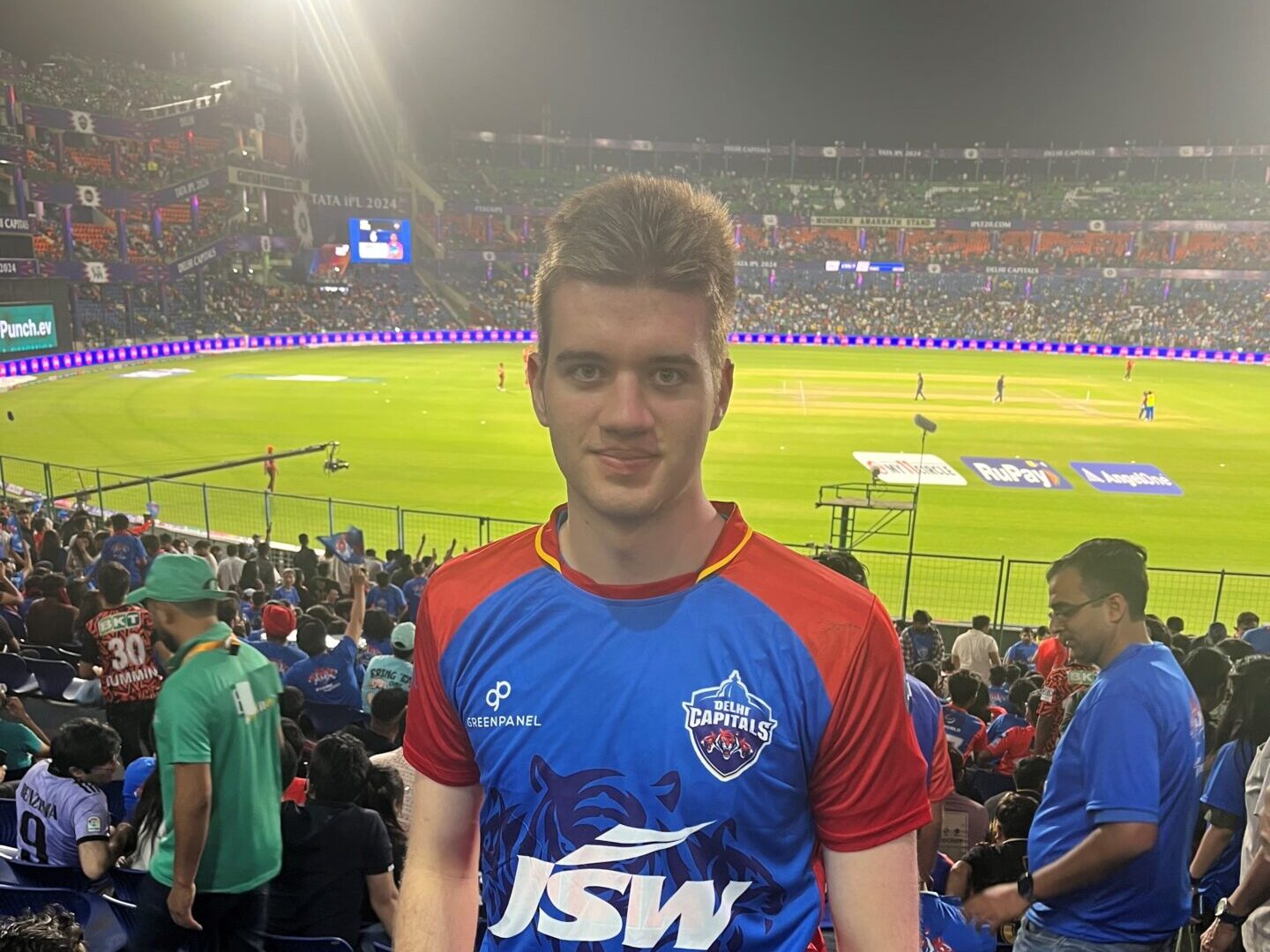
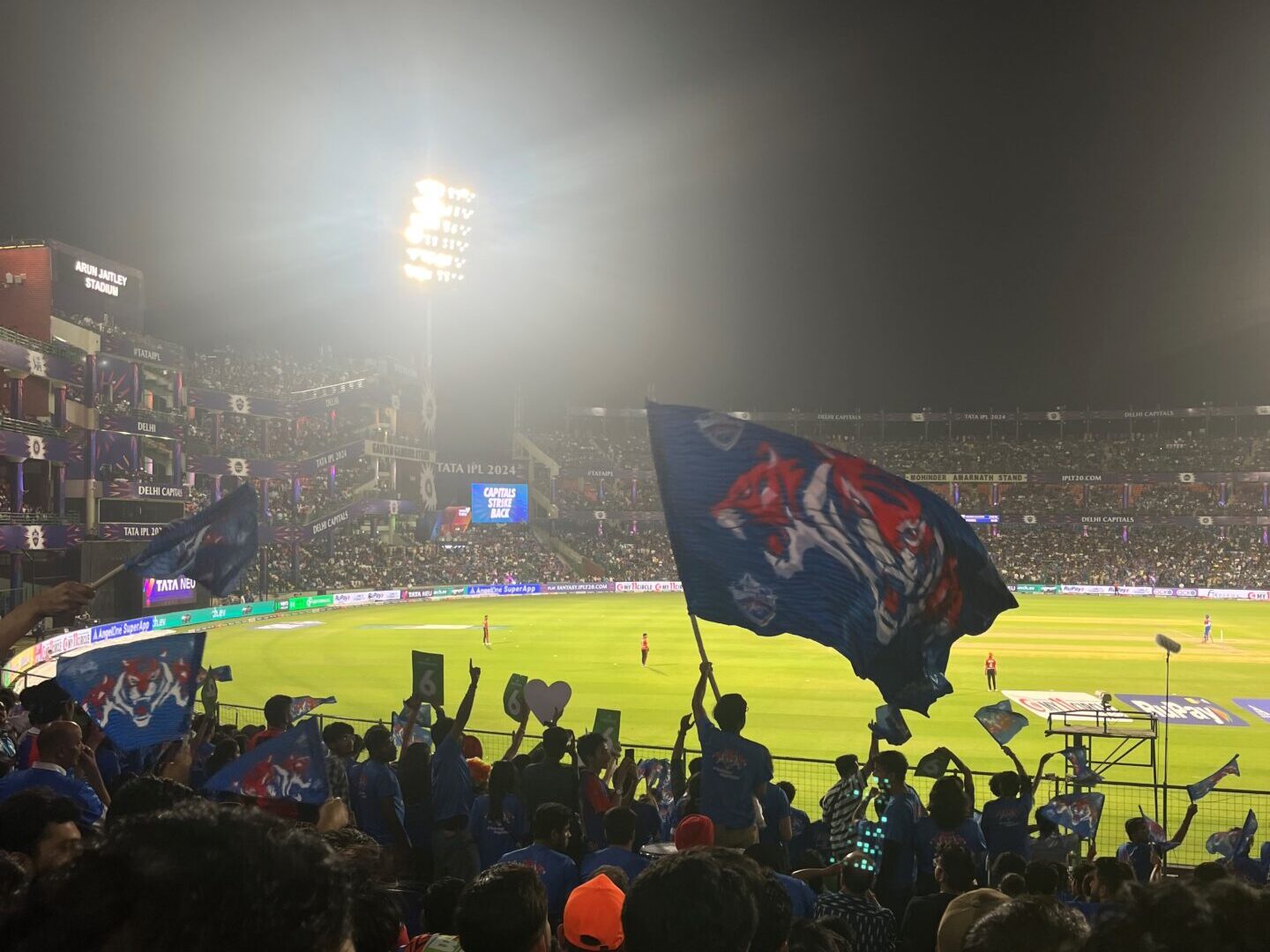
Between tradition and modernity: a journey of contrasts
Thanks to the fact that our suppliers are based in different parts of India, we always have the opportunity to visit other Indian cities such as Chennai and Mumbai. Fun fact: our colleagues speak of Chennai as a smaller city - although its population is slightly over 10 million. Chennai is known for its large beaches and temples, which are decorated with thousands of colorfully painted sculptures - a sight that definitely makes a trip to the city worthwhile.
The more fascinating city for me personally, however, was Mumbai - an experience that I would probably have to write another article about to fully describe the impressions I gathered. Mumbai, the second largest city in India with just around 20 million residents after Delhi with around 32 million, for me perfectly reflects the gap between rich and poor in India. On the one side, fascinating buildings in traditional colonialist architectural style remembering the earlier days of British occupation, the world's most expensive family house with 27 storeys, the luxurious Taj Hotel, the Chhatrapati Shivaji Maharaj Terminus railroad station or the beautiful view of the city skyline from Marine Drive.
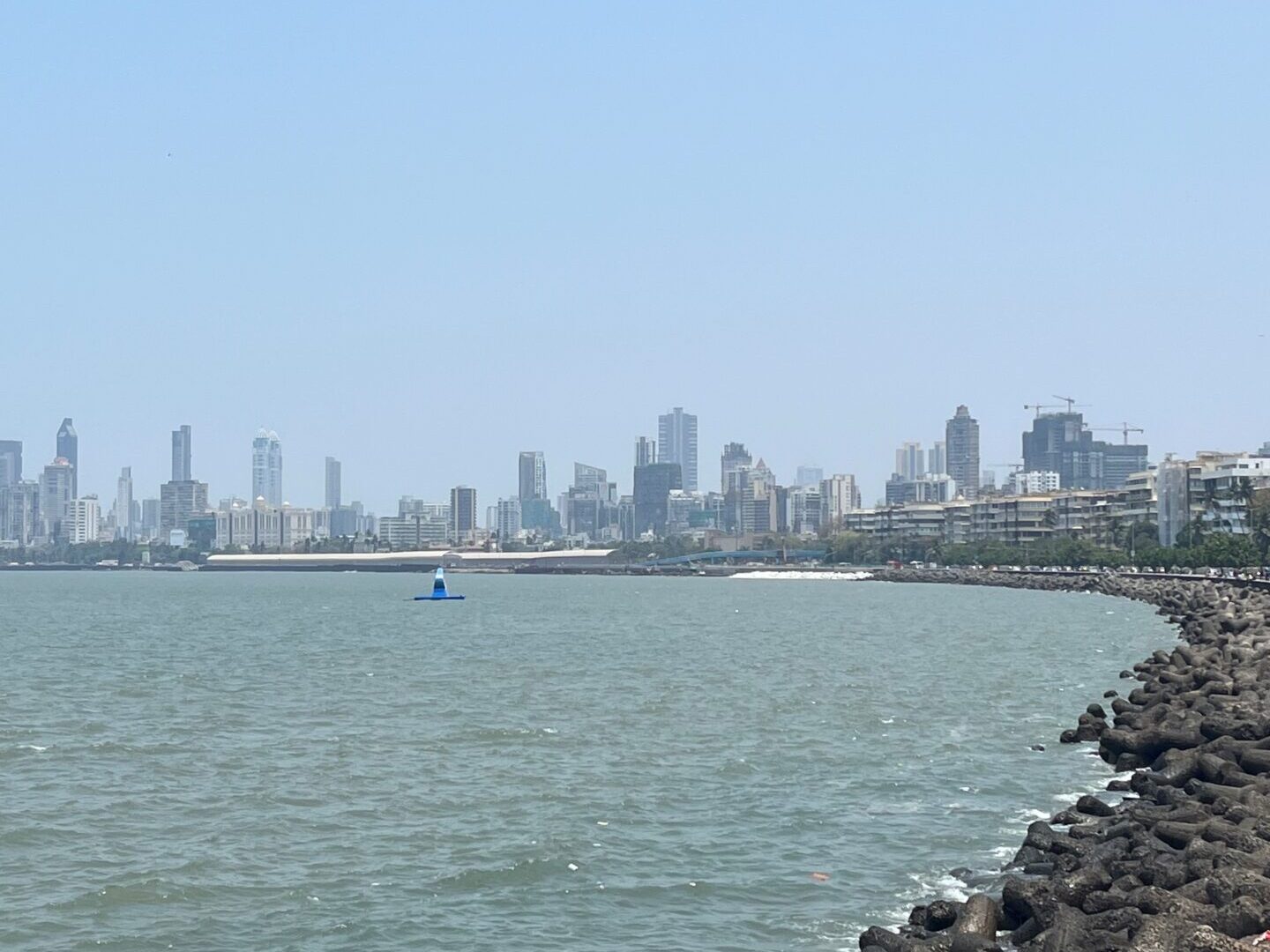
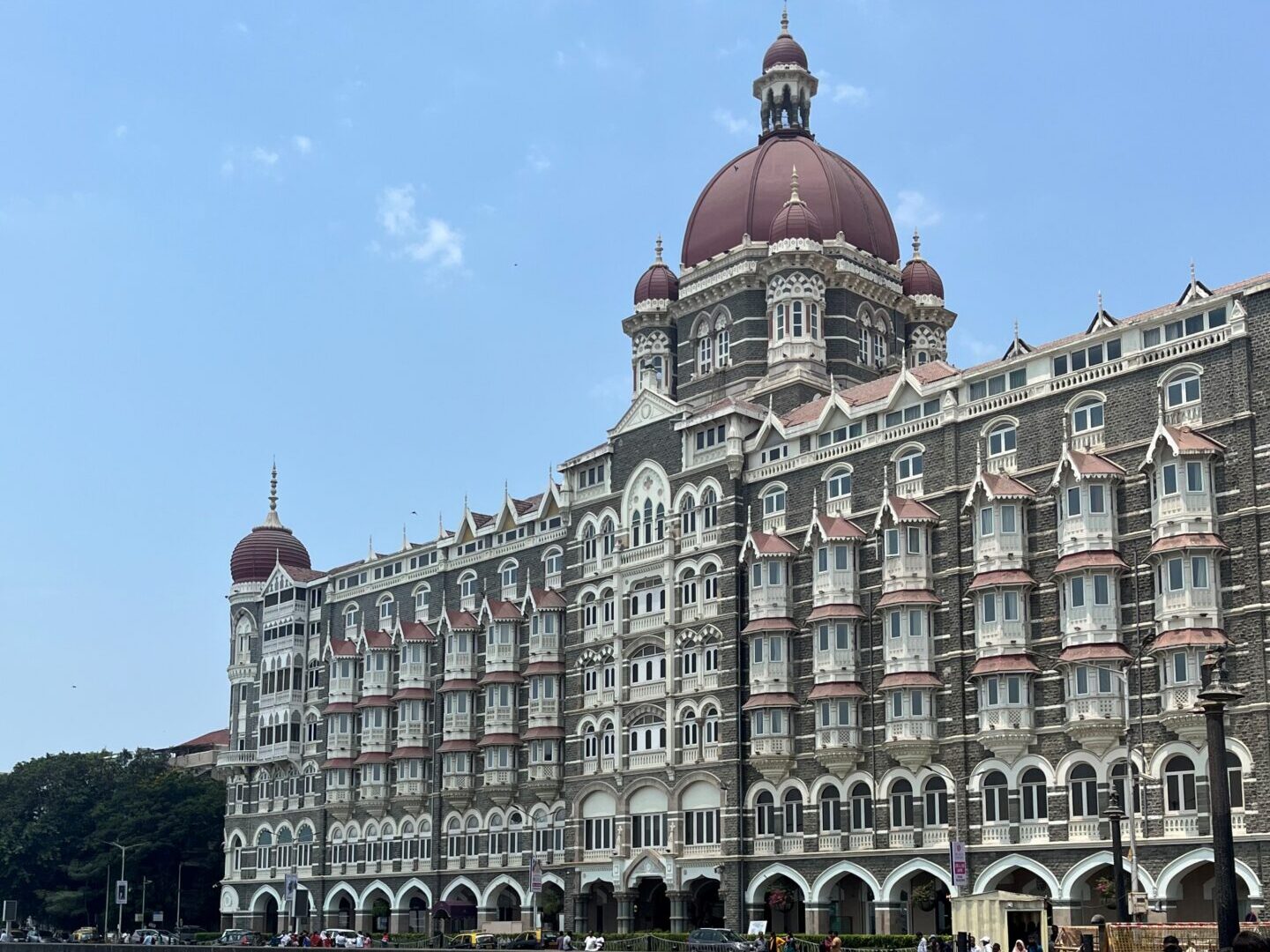
For the majority of Mumbai's inhabitants, however, the reality is different: They live in slums such as the world-famous Dharavi, officially the largest slum in the world with approximately one million residents, right in the center of the city and only have limited access to water and electricity. For me personally, this was a place that I absolutely had to see, as I had already seen and heard a lot about Dharavi, the location of the famous movie “Slumdog Millionaire". Dhobi Ghat, probably the largest open-air laundry, was also a place that was at the top of my personal sightseeing list. I was especially keen to visit places like Dharavi and Dhobi Ghat, as they are just as much a part of the country as modern overseas bridges, new highways, revolutionizing digital payment methods or the state-of-the-art cyber hubs in Gurugram and Bengaluru.


Time to say goodbye
After seven weeks and many unforgettable experiences, it was time to fly back to Germany at the end of April. At this point, I would like to take the opportunity to thank everyone involved from Product Management and the HR department who made this adventure possible and supported me with the organization of this trip. Especially, I would also like to thank the Indian colleagues in the IPO. The warm welcome from the team and the great motivation to give me a detailed picture of our supplier landscape as well as the country and its traditions helped me a lot to get used to life in India and to adapt a little.
I got to know India as a country with a high potential, which still has to master the challenges of its large population in the future. However, the significant investment in the country's infrastructure allows hope that the chances for a continued development are not bad. It therefore remains exciting for me to keep an eye on the country's development in the coming years and hopefully return soon as a tourist to further explore the country with its many secrets.

 Drei Wochen, zwei Länder: Jettes Azubi-Auslandsabenteuer
Drei Wochen, zwei Länder: Jettes Azubi-AuslandsabenteuerJettes Azubi-Auslandsaufenthalt ging nach Skandinavien. Was für Aufgaben sie übernahm und was sie in ihrer Freizeit unternahm, lest ihr hier!
Mehr lesen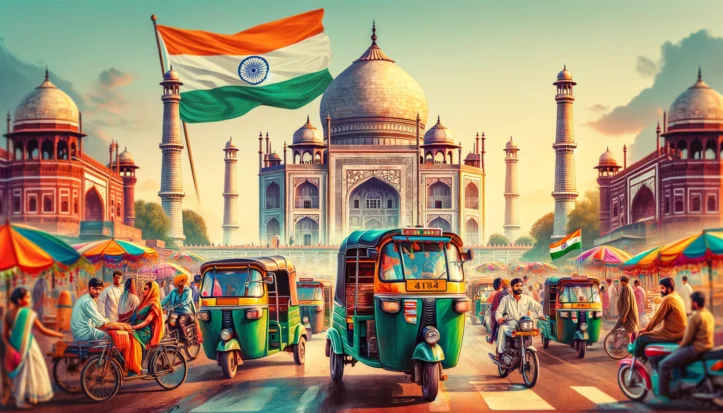 Faszination Indien: Eine Reise der Gegensätze
Faszination Indien: Eine Reise der GegensätzeUnser dualer Student Jan hat in dem Rahmen eines Aufenthaltes im Produktmanagement 7 Wochen in unserem Einkaufsbüro in Indien verbracht. Was er dort erlebt hat und welche Eindrücke er sammeln konnte, beschreibt er in diesem Blogbeitrag. Das duale Studium bei der FRICKE Gruppe bietet eine außergewöhnliche Chance: Die Möglichkeit,...
Mehr lesen
Kommentare